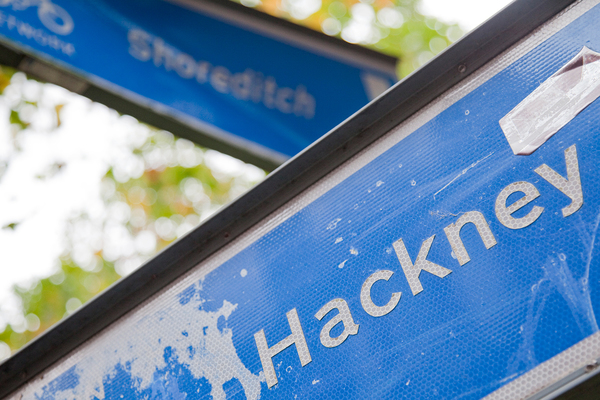Localised approach to social housing could help save billions of pounds, says Savills
Providing rented social housing to cater for all those unable to buy or rent on the open market would save the public purse billions of pounds, according to a new report by Savills.
But efforts to meet ‘sub-market’ housing needs must be more tailored to local circumstances than housing policy currently is, the report says.
Savills estimates that 96,400 new households are created each year who need housing support because they cannot afford a market property. It says over the past three years, 55,000 fewer affordable homes have been built per year than are needed. Ninety per cent of this shortfall is concentrated in London and the South east.
To house all those in need of ‘sub-market’ housing in social rented homes would require £7bn in grant funding every year, Savills calculates.
However the report - entitled ‘Investing to solve the housing crisis’ - says that the state would recoup this investment because it would be paying out lower housing benefit bill.
A social rented housing programme on the scale proposed would cut housing benefit by £430m annually, delivering a hypothetical saving of £23.9bn based on current 30 year gilt rates at 1.8 per cent. Savills applies a ‘perpetuity calculation’ to get to the present value of the welfare bill saving.
The findings on developing less of a “one size fits all” national housing investment policy ties in with the conclusions of another report, launched by Savills at the Social Housing Annual Conference last month. This calls for more flexible policies, such as focusing on urban renewal in parts of the north where the differential between affordable and markets rents is low.
Robert Grundy, Savills head of housing, said: “Grant funding for housing could be considered an investment where it can deliver long-term savings on the housing benefit bill and understanding the range of needs in different locations is a vital prerequisite."
The shortfall of sub market is largely concentrated in London (60 per cent) and the South (33 per cent), while current levels of affordable housebuilding in the Midlands and North are close to meeting need.
Building enough social rented homes each year to accommodate the 42,500 London households unable to access market housing, would require £3.4bn in grant funding.
However, the benefits bill would be reduced from to £200m from the £510m that it would cost to provide an equivalent number of additional market rented homes, generating a hypothetical saving of £310m a year.
Based on current long term interest rates, this saving is equivalent to £17.2bn, over five times the original grant, says Savills.
By contrast in lower value markets of the Midlands and North, where market rents are closer to social rents, in order to build the almost 20,000 rented homes required to meet new annual need.
Mr Grundy added: “Capital funding for affordable housing has traditionally taken the form of grant funding.
“Given pressures to release public land, making it available at nil initial land value would be an alternative way to boost delivery. Importantly, a case can be made for affordable housing being part of a best value case when evaluating policy, but this must be set against the pressures to boost financial receipts.”
RELATED





